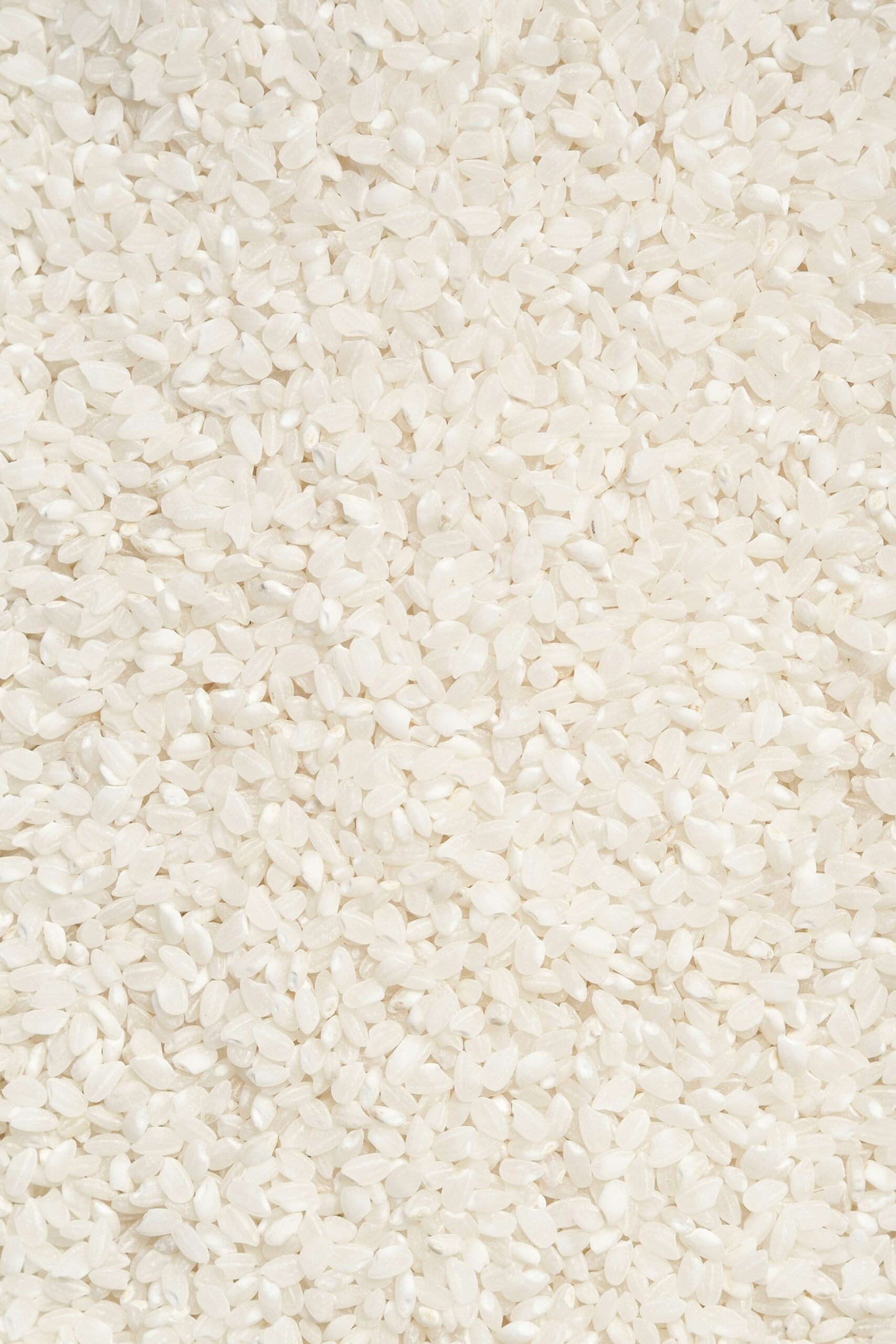Introduction
When you think of rice flour, you might imagine a simple gluten-free substitute. But in Japan, rice flour—known as komeko—is more than that. It’s a product of centuries of rice cultivation, refined milling techniques, and a deep cultural relationship with food. Let’s take a closer look at what makes Japanese rice flour so special, and why it deserves a place in your kitchen.
A Nation Rooted in Rice
Japan has long been a rice-centric country. Thanks to its climate and geography, rice is grown in nearly every region—from the terraced fields of Niigata to the plains of Kyushu. For centuries, rice has been not only a dietary staple but also a cultural and spiritual symbol.
As Japan produced more rice than it consumed, innovation followed. One of the most versatile byproducts? Rice flour.
What Makes Japanese Rice Flour Different?
Japanese rice flour stands out in several ways:
- Texture: It’s finely milled, often to a powdery consistency. This gives baked goods a smooth, moist texture.
- Flavor: Subtle sweetness, especially when made from mochi rice (glutinous rice).
- Purity: Often made with just one ingredient—high-quality Japanese rice.
- Milling technique: Japan has advanced technologies that allow ultra-fine milling without overheating the grain.
This makes it ideal for delicate pastries, sponge cakes, and even tempura batter.
Gluten-Free Living, Japanese Style
Although “gluten-free” is still a developing concept in Japan, rice flour has naturally played a big role in making wheat-free diets possible. Many Japanese sweets (wagashi) are traditionally gluten-free, and more modern bakeries are experimenting with rice flour as a healthier, allergy-friendly base.
In fact, our own bakery creates entirely gluten-free treats using carefully selected Japanese rice flour—combining tradition with innovation.
Where Can You Find It?
Japanese rice flour is available both in Japan and internationally. Look for:
- Supermarkets (labeled as 米粉 or “komeko”)
- Health food stores
- Online platforms like Amazon, iHerb, or Japanese grocery sites
Try to choose varieties labeled for baking or confectionery use—they’re typically finer and easier to work with.
Final Thoughts
Rice flour isn’t just a substitute—it’s a window into Japan’s culinary ingenuity. Whether you’re gluten-free or just curious, Japanese rice flour offers a unique flavor and texture that’s worth exploring.
Next time you bake, try swapping in komeko. Your taste buds (and your gut) might thank you.


Leave a Comment